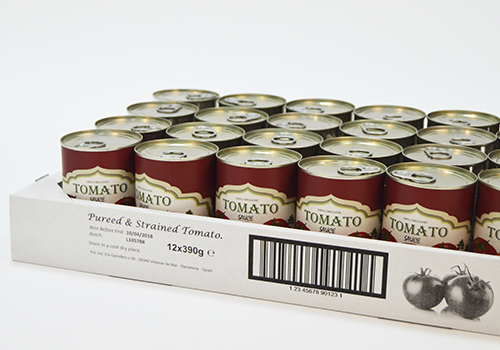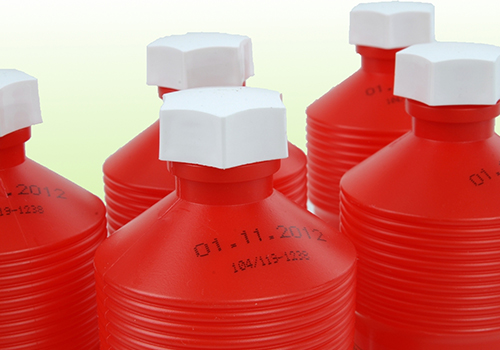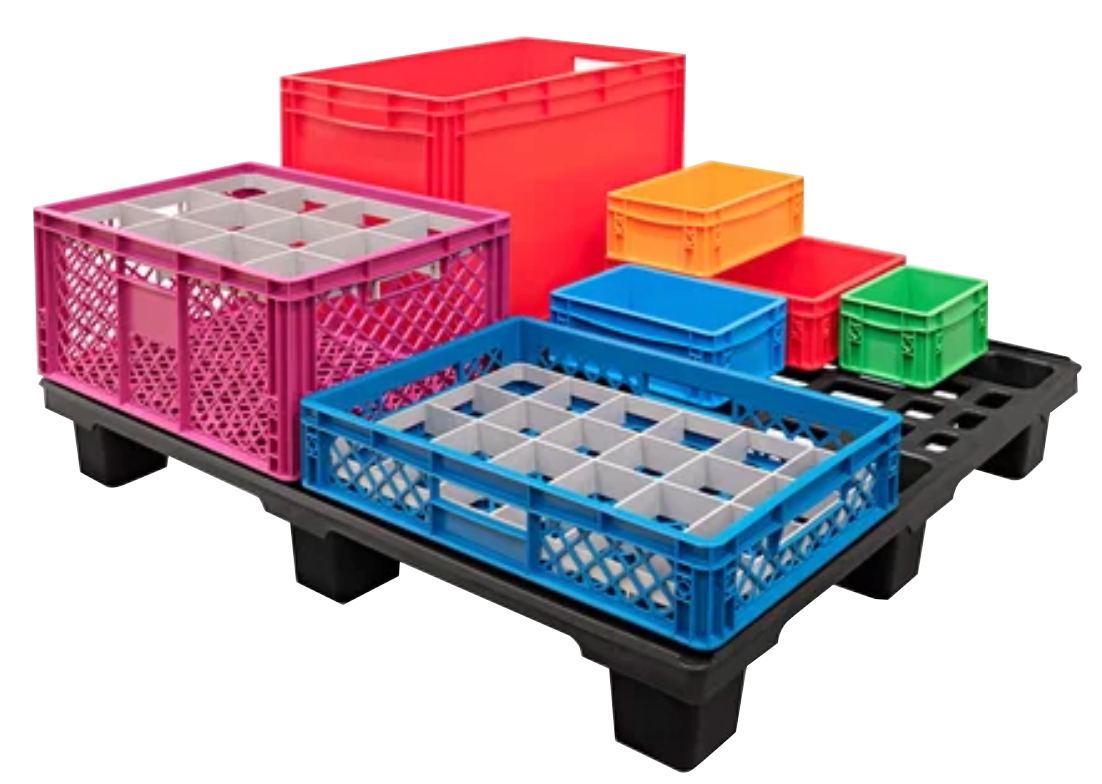The packaging industry has undergone a transformation in recent years as a consequence of the upsurge in e-commerce, of the digitization of the supply chain to provide a response to greater demands in terms of swiftness and efficiency in the provision of goods, and of growing environmental awareness, which is reflected in stricter legislation.
Furthermore, the healthcare crisis resulting from the COVID-19 pandemic has become a factor with major bearing on the sector. On the one hand, the consolidation of online trading is accelerating and, on the other, specific elements have been introduced that must be taken into account in the manufacture and distribution of packaging, these influencing, for example, the choice of materials.
The influence of the healthcare crisis
Prior to the outbreak of the pandemic that has transformed our daily lives, the packaging industry operated in a direction conditioned by factors such as:
Sustainability
More demanding governmental regulations and citizen awareness invited manufacturers to assume their social responsibility in the struggle against pollution created by packaging, both in the production process, as well as at the end of its lifetime. Amongst the most common trends we have: the use of recycled, recyclable, reusable and biodegradable/compostable materials; the reduction of the use of fossil raw materials; or designs adapted to the product so that excess packaging is avoided, and therefore, the creation of residues minimised.
Customization
Packaging is a marketing tool, an advertising platform which firms increasingly turn to attract consumers and stand out from the competition.
Transparent packaging, above all in foodstuffs, allow for the content to be viewed, something that creates trust in the consumer.
Functionality
A satisfactory user experience has a bearing on loyalty. Packaging suitable for the product, easy to open, with the necessary size and which facilitates returns when there are incidents.
The measures adopted as a consequence of the COVID-19 pandemic have hastened and bolstered these trends. Online trading has grown in all sectors, particularly in foodstuffs; the pharmaceutical sector has seen how demand for products that protect against coronavirus has spiked, namely facemasks and hydroalcoholic gels.
Functionality, with packaging adapted to individual usage, which provide the consumer with a pleasant experience, for example in take-away food orders, has become, more than a trend, a necessity. This also happens with clear packaging, highly necessary in foodstuff products of the fourth and fifth range.
Continuing in the foodstuffs’ sector, an essential feature of packaging, accentuated by the pandemic, is that they exceed thermal processes with maximum safety guarantees. Thermo-set plastics withstand sterilization, hot filling and usage in microwave ovens.
With regard to sustainability, perhaps in the first moments of the healthcare outbreak this aspect was left to one side, yet, for the industry to be sustainable, both on an economic as well as environmental level, the use of materials that respect the environment and the principle of minimum residue must continue to set the standard. Bioplastics, recycled cardboard and reusable containers still have a long journey before them.
How long will cardboard packaging be used for?
Likewise, cardboard has a long life before it in the packaging industry. The online sales boom, its sensing as hygienic and respectful material vis-à-vis the environment, its versatility for the development of highly diverse solutions, along with the regulations that sanction the use of non-reusable plastics are factors that foster the growth of this material.

According to data published by the Spanish Association of Manufacturers of Corrugated Cardboard Containers and Packaging (AFCO), the production of corrugated cardboard increased by 4.4% in 2019, a further 0.6% in 2020 reaching 5,552 billion m2, which means eight years of continuous rises (32% more in the total for the period).
The hygienic and prevention needs related to the healthcare crisis have fostered increased demand for disposable boxes and trays for healthcare materials and products of basic necessities in social facilities.
Will plastic be eliminated?

The capabilities offered by plastic in sectors such as the agri-foodstuffs, pharmaceutical, chemical or cosmetics are irreplicable. As one of our articles was entitled: Unpopular opinion: plastic is necessary. That said, governmental regulations, both on a community-wide, as well as state level, are geared towards eradicating those materials that cannot be recovered for their reincorporation into the supply chain. This is the case, for example, of oxo-fragmentable plastic bags, responsible for the microplastics that contaminate the oceans.
The EU passed in 2019 the Directive on Single-Use Plastics which obliges EU member states to apply a series of measures to combat the disposable plastics most commonly found on European beaches. Under the terms of this European legislation, on the 3rd of July, the prohibition of certain single-use plastic products came into force, namely, cotton buds, straws, chopsticks and cutlery, plates, balloon stalks, along with expanded polystyrene containers for take-away food and drink. Furthermore, the European Commission contemplates a levy on non-reusable plastic containers that will fall upon the manufacture of single-use plastic products (0.45 € per kilo of packaging), while it establishes the goal of reaching 90% of collection of plastic bottles which, by 2030, must contain at least 30% recycled components.
Manufacturers of plastic containers are developing new bioplastic materials and enhancing both mono-material solutions and recycling and reuse to adapt to the new regulatory standards and to greater environmental awareness on the part of society.
Plastic pallets, an alternative gathering pace
The industrial sector is taking advantage of plastic’s features through the development of new applications, as is the case of pallets, traditionally manufactured from wood. Amongst the advantages that these offer, we find:
-
Lightness. They weigh 30% less than wooden pallets, an aspect that is passed on in transport costs.
-
Hygiene. Very simple cleaning and disinfection.
-
Long lifetime without deterioration.
-
Safe handling. Reducing the risks of accident.
-
Recyclability and ease of reuse.
-
Stackability. Plastic pallets are highly resistant and stackable, which favors optimization of warehouse space. Furthermore, there are adhesive solutions that prevent displacement.

Any packaging option, both for raw materials, as well as secondary and tertiary products, require a suitable marking and coding system. At UBS, we boast the finest printing equipment, optimized to provide a response to any need. Feel free to contact us and we will study your case.

